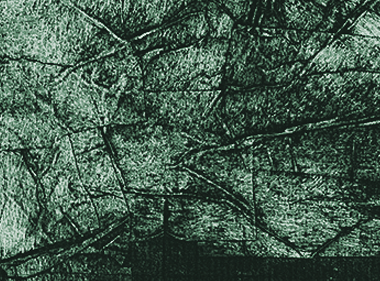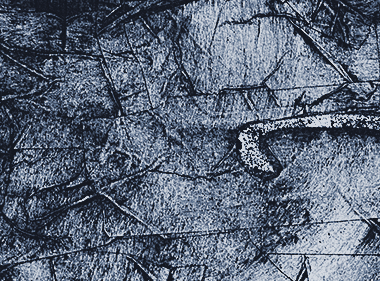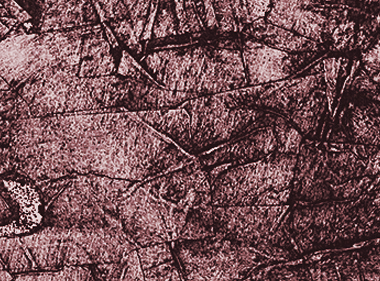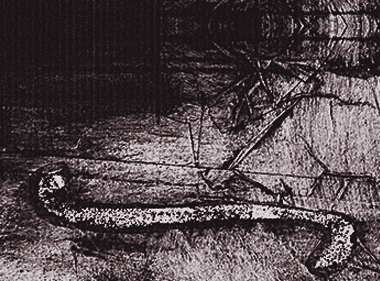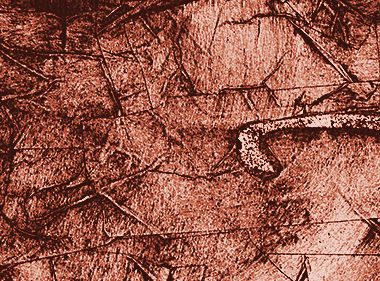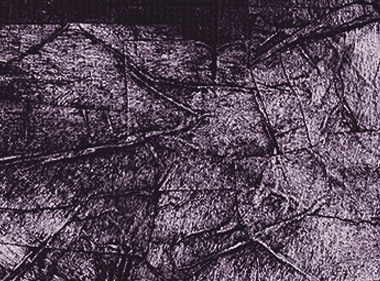Andrzej Bauer with orchestra
For me playing concerts with an orchestra is always a considerable challenge and experience that teaches me the art of compromise. It always requires special preparation, great intensity of playing and allows me to have contact with extraordinary works, like Robert Schumann’s Concerto Op. 132 or Witold Lutosławski’s Cello Concerto.
In Poland the cello is usually associated with the Concertos by Dvořák, Saint-Saens or Haydn, or Variations on a Rococo Theme by Tchaikovsky. That is why I am so happy that in addition to these beautiful classical and Romantic works I had the opportunity to give the first Polish performances of many pieces for orchestra rarely heard in concert halls. J. Rodrigo, G. Ghedini, T. Takemitsu, K. Penderecki, S. Gubaidulina, G. Kancheli, A. Paufnik, C. Regamey, J. Bauer, A. Tansmann, P. Moss, A. Zubel, C. Duchnowski, F. Gulda…
I hope I will be able to finish my own Cello Concerto, on which I am now working. So far I have written one piece for cello and chamber orchestra (_Cello Rulez_)…
For years I have had the joy to make music with the Aukso Orchestra led by the outstanding musician Marek Moś. Work atmosphere in Aukso is truly unique. Attention to sound quality, to performance detail – possible in a small chamber ensemble – produces outstanding artistic results.
- W. Lutosławski – Cello Concerto
- T. Takemitsu – Orion et Pleiades
- A. Panufnik – Cello Concerto
- S. Gubaidulina – Und: Das Fest ist in vollem Gang
- K. Penderecki – Concerto Grosso
- K. Penderecki – Viola Concerto
- G. Kancheli – Simi
- C. Regamey – Lila Double Concerto
- J. Bauer – Cello Concerto No. 2
- J. Rodrigo – Concierto in Modo Galante
- J. Haydn – Cello Contertos
- L. van Beethoven – Trippelkonzert Op. 65
- J. Brahms – Doppelkonzert Op. 102
- R. Schumann – Concerto in A minor Op. 132
- P. Tchaikovsky – Variations on a Rococo Theme Op. 33
- A. Dwořak – Concerto in B minor Op. 104
- E. Elgar – Cello Concerto
- C. Saint-Saens – Concerto in A minor
- R. Strauss – Don Quixote
- D. Shostakovich – Cello Concertos
Beautiful, but unknown... Giorgio Ghedini - Concerto dell'Albatro

Giorgio Ghedini Concerto dell’Albatro
for violin, cello, piano, reciter and orchestra
The concert programme is built around a work by Giorgio Ghedini, Concerto dell’Albatro. The Polish premiere of this work took place at the Polish Radio Music Festival in 2001 with Kaja Danczowska, Janusz Olejniczak, Andrzej Bauer, Krzysztof Gosztyła, accompanied by the AUKSO orchestra conducted by its artistic patron and founder, Marek Moś.
Written in 1945, Concerto dell’Albatro is a superb work by a composer very little known in Poland, somewhat spiritually and aesthetically akin to Lutosławski . Melville’s Moby Dick, a fragment of which is recited by an actor in the final part of the work, was one of Lutosławski’s favourite novels.
“Moby Dick or the White Whale”
Excerpt translated by Bronisław Zieliński
I remember the first albatross I ever saw. It was during a prolonged gale, in waters hard upon the Antarctic seas.
From my forenoon watch below, I ascended to the overclouded deck; and there, dashed upon the main hatches, I saw a regal, feathery thing of unspotted white ness, and with a hooked, Roman bill sublime. At intervals, it arched forth its vast archangel wings, as if to embrace some holy ark. Wondrous flutterings and throbbings shook it. Though bodily unharmed, it uttered cries, as some king’s ghost in supernatura l distress. Through its inexpressible, strange eyes, methought I peeped to secrets which took hold of God.
As Abraham before the angels, I bowed myself; the white thing was so white, its wings so wide, and in those for ever exiled waters, I had lost the mi serable warping memories of traditions and of towns. Long I gazed at that prodigy of plumage. I cannot tell, can only hint, the things that darted through me then. But at last I awoke; and turning, asked a sailor what bird was this. A goney, he replied. Go ney! never had heard that name before; is it conceivable that this glorious thing is utterly unknown to men ashore! never! But some time after, I learned that goney was some seaman’s name for albatross.
So that by no possibility could Coleridge’s wild Rhym e have had aught to do with those mystical impressions which were mine, when I saw that bird upon our deck. For neither had I then read the Rhyme, nor knew the bird to be an albatross. Yet, in saying this, I do but indirectly burnish a little brighter the noble merit of the poem and the poet.
I assert, then, that in the wondrous bodily whiteness of the bird chiefly lurks the secret of the spell; a truth the more evinced in this, that by a solecism of terms there are birds called grey albatrosses; and these I have frequently seen, but never with such emotions as when I beheld the Antarctic fowl.
But how had the mystic thing been caught? Whisper it not, and I will tell; with a treacherous hook and line, as the fowl floated on the sea. At last the Captain mad e a postman of it; tying a lettered, leathern tally round its neck, with the ship’s time and place; and then letting it escape. But I doubt not, that leathern tally, meant for man, was taken off in Heaven, when the white fowl flew to join the wing – folding, the invoking, and adoring cherubim!” (From Chapter 42, “The Whiteness of The Whale”)

